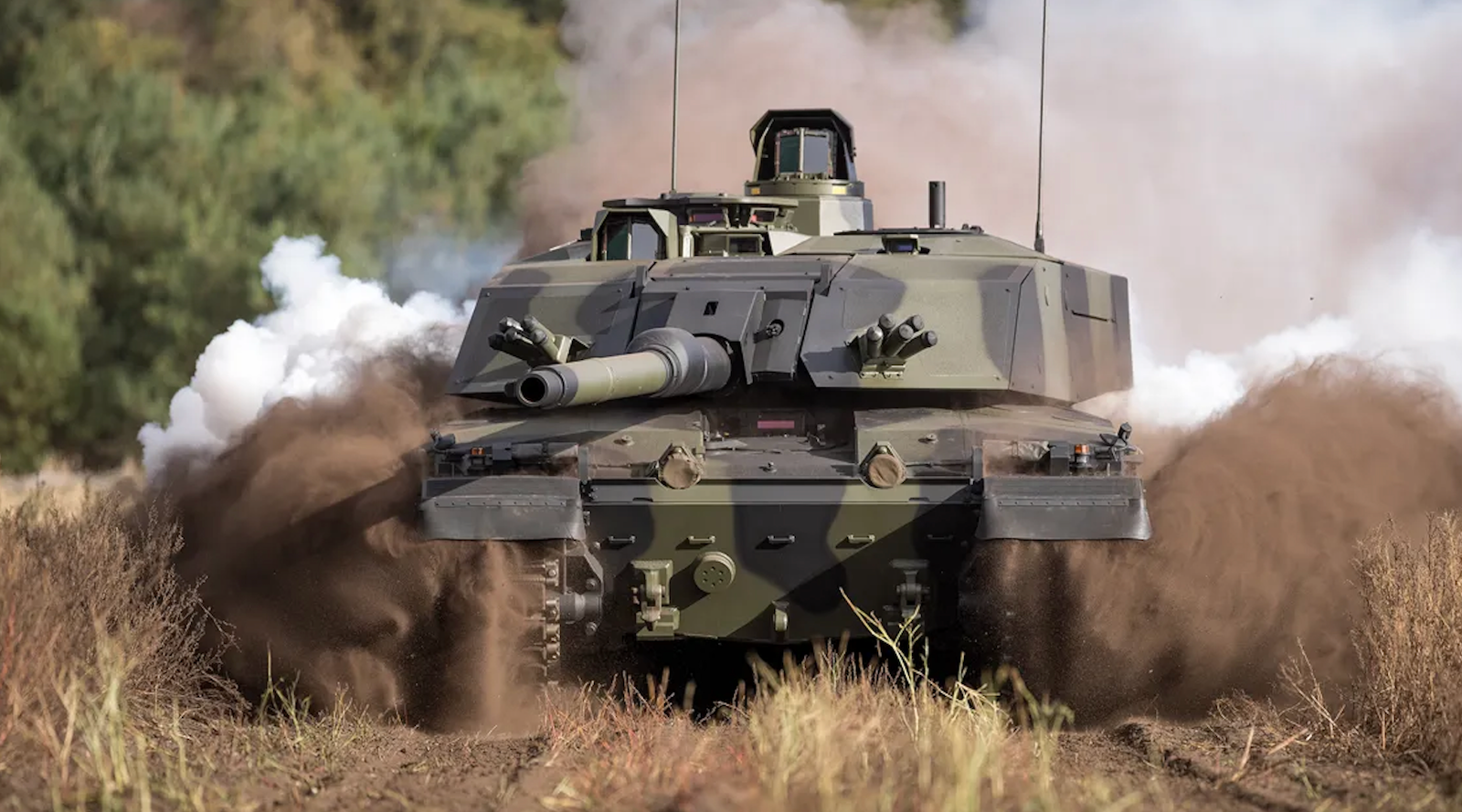Get the weekly SPARTANAT newsletter.
Your bonus: the free E-Book from SPARTANAT.

Challenger 3 Advances
The first mobility trials for Challenger 3, the British Army’s new Main Battle Tank, have completed, marking significant progress in the programme.
These trials aimed to gather data on the noise and vibration of the platform and how it interfaced with the crew, and the effect the vibration had on the ammunition carried inside the pre-production vehicle.
Conducted by Rheinmetall BAE Systems Land (RBSL) alongside the Authority and QinetiQ at multiple UK locations, the trial saw a total of 789km covered across a mix of road and cross country running.
The data gathered, once final analysis is completed, means RBSL can mitigate any risks, refining the vehicle being delivered to ensure it meets customer requirements. In addition, this data will be used to programme a Turret Test Rig at Telford, enabling Battlefield Missions to run from the state-of-the-art facility contributing to reliability growth trials for Challenger 3 from 2026.
These trials are also a valuable exercise to enable the RBSL trials team, comprising experienced engineers of all disciplines and former Challenger 2 crew commanders, to develop evidence and get subjective user feedback. By working side by side with military colleagues and other key partners, RBSL is gaining valuable insights to optimise the vehicle’s capability.
Dean Pask, Challenger 3 Programme Director at RBSL said: “Trials are a critical stage in developing a new armoured vehicle, pushing our Main Battle Tank to the limits to prove its performance and capability.”
The Challenger 3 programme is currently in its demonstration phase during which pre-production vehicles produced at RBSL’s Telford manufacturing facility undergo a series of trials. These commenced with un-crewed live firing which completed successfully in 2024.
The latest trials are part of a block of activity testing the vehicle’s mobility, crew evacuation, radar cross section and indirect vision systems.
The next big step is preparing for crewed live firing, demonstrating the vehicle is safe for crewed operation and into weapon system development, before moving into reliability growth trials and completion of the demonstration phase trials activity.
The trials enable the Challenger 3 design to be refined, culminating in the System Qualification Review (SQR) to agree the final manufacturing standard which will be used to produce the remaining tanks.
With all 148 Challenger 3 vehicles planned to be in service by the end of 2030, the programme will soon be providing the end user with a step-change in reliable capability. The vehicles, designed and produced by RBSL from its Telford (UK) manufacturing facility, are a leading example of advanced military vehicle production and collaboration between Britain’s allies and the most respected vehicle systems suppliers across the UK and Europe.
Challenger 3 will be delivered with a next-generation modular armour system, providing greater survivability for the Main Battle Tank and modernising the UK’s Land Forces. It is being delivered by RBSL under a £800 million+ contract, creating highly skilled roles, with 300 jobs within RBSL and an additional 450 jobs across the UK.
The contract has also attracted a £40 million inward investment in RBSL’s Telford facility, utilising a European supply chain, the majority being skilled UK-based SMEs spread throughout the UK, from the West Midlands, Glasgow, Newcastle upon Tyne to the Isle of Wight. ALL INFORMATION about the Challenger 3 in the British Army.
SPARTANAT is the online magazine for Military News, Tactical Life, Gear & Reviews.
Send us your news: [email protected]
Ad
similar
Get the weekly SPARTANAT newsletter.
Your bonus: the free E-Book from SPARTANAT.


